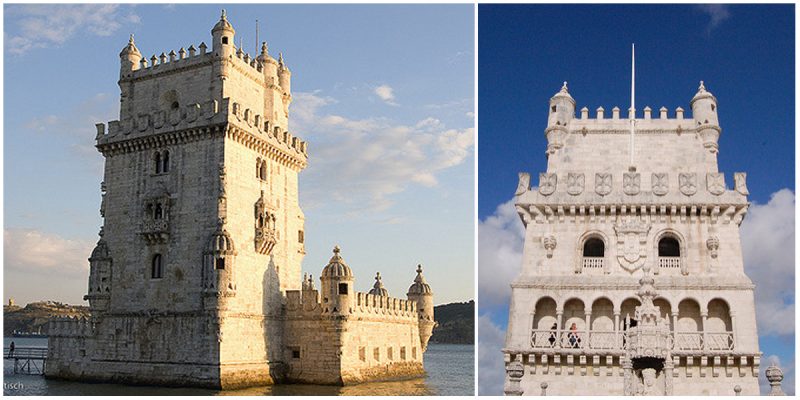Belém Tower, or the Tower of St Vincent, is a fortified tower in Lisbon and is the most famous landmark in Portugal. It is a monument to Portugal’s Age of Discovery and UNESCO has listed it as a World Heritage Site.
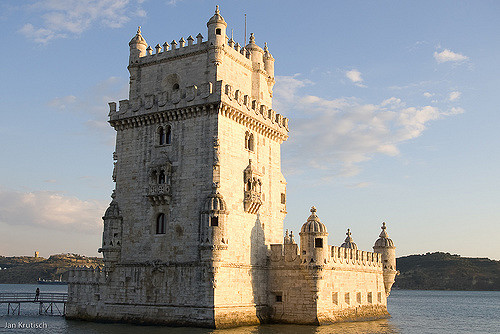
The tower was commissioned by King John II to be part of a defense system at the mouth of the Tagus river and a ceremonial gateway to Lisbon. He ordered the “making of a strong fort”, but died before any plans were drawn. After 20 years, King Manuel I of Portugal revisited the proposal and ordered the construction of a military fortification on the northern margin of the Tagus River at Belém.
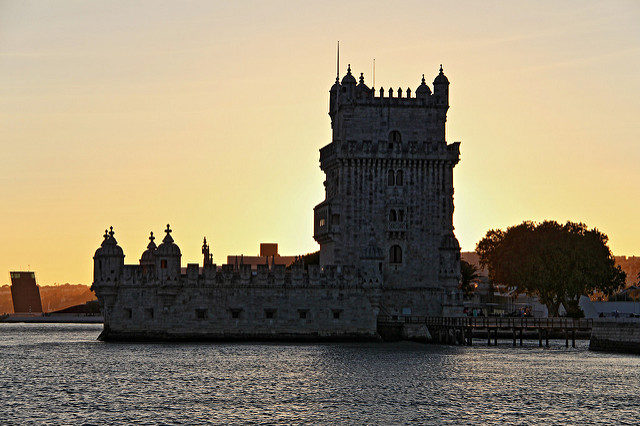
The tower was built in the early 16th century and is a prominent example of the Portuguese Manueline style, but it also incorporates hints of other architectural styles. It was built from lioz limestone and it combines a traditional medieval keep with a more recent bulwark housing a casemate to store the first devices designed to resist artillery fire. The tower is isolated along the riverbank, between the dock of Bom Sucesso and Pedroucos, on a basaltic outcropping of rocks belonging to the geomorphological volcanic complex of Lisboa-Mafra.
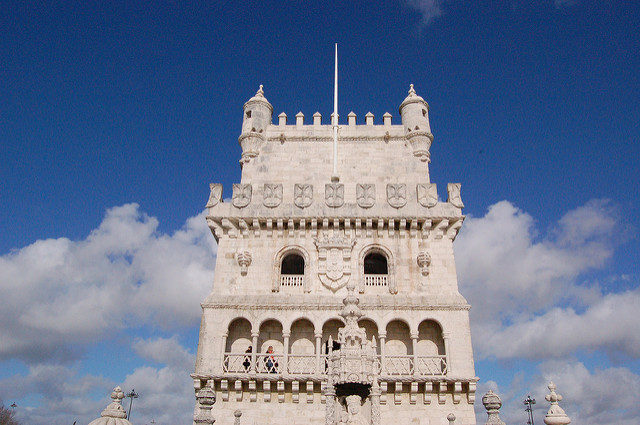
Constructed on a hexagonal floor plan, the four-story tower was created in the shape of a ship’s bow jutting into the water. On the northeast angle of the structure, protected by a defensive wall with bartizans, is a drawbridge to access the bulwark, decorated in plant motifs, surrounded by the royal coat of arms and flanked by small columns, complemented with armillary spheres. These spheres appear at the tower’s entrance, symbolizing Portugal’s nautical explorations, and were used on King Manuel I’s personal banner to represent Portuguese discoveries during his rule.
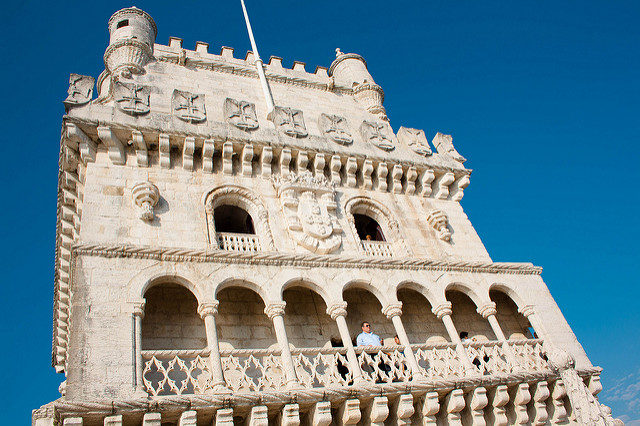
The upper tier of the bastion is crowned by a small wall with bartizans in strategic places, decorated by rounded shields with the cross of the Order of Christ encircling the platform. The lower walls of the bastion have spaces for 17 cannons with embrasures affording a view of the river.
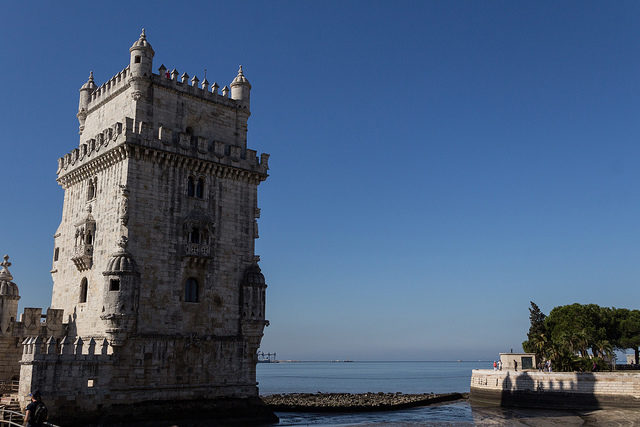
The interior of the bastion has two contiguous halls with vaulted ceilings supported by masonry arches, as well as four storage lockers and sanitary spines.
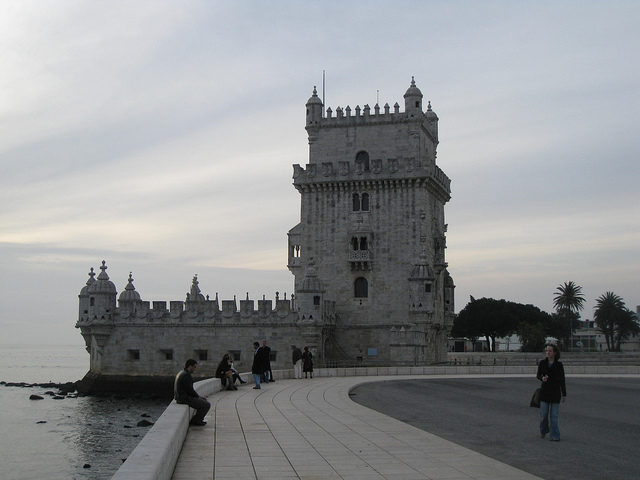
The most interesting part of the architecture is the rhinoceros head below the west tower facing the land.
It is said to commemorate the first rhino in Europe given to Manuel I as a present from India.
